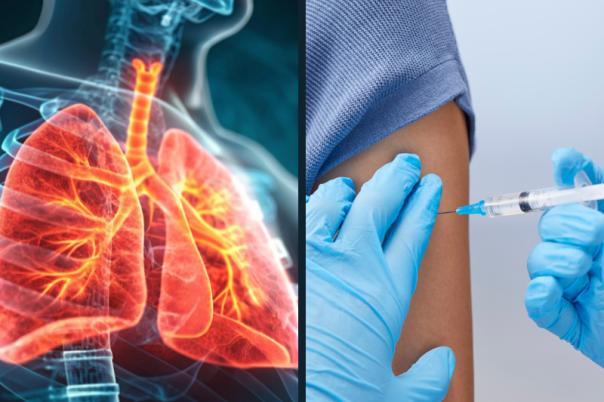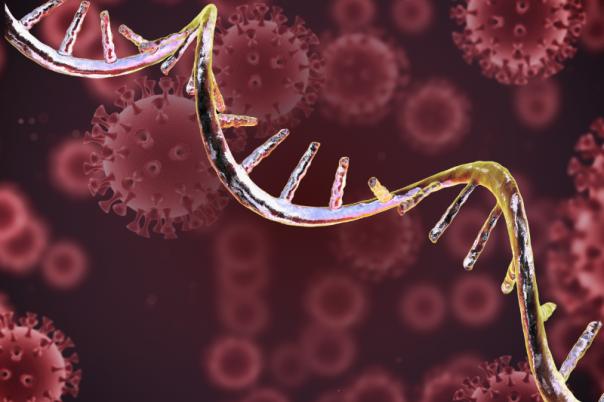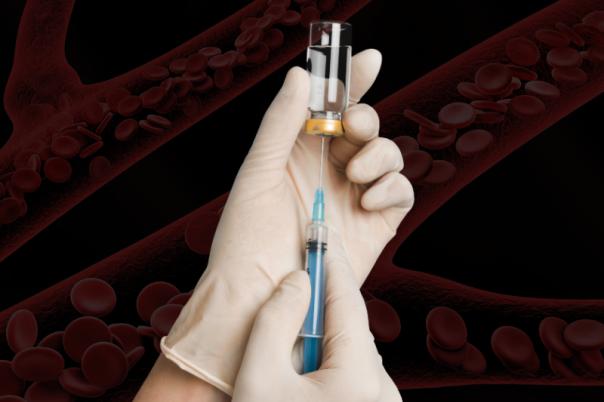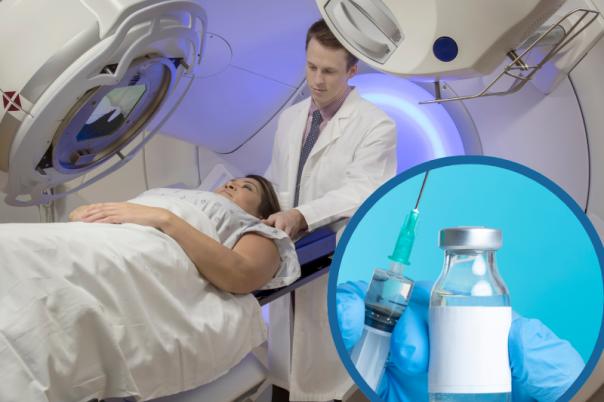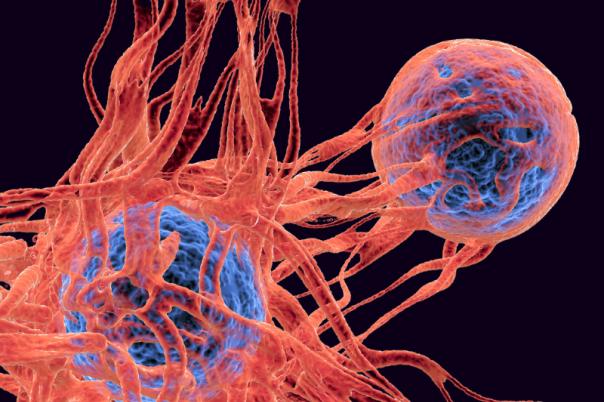Role of Sanofi’s COE
The Sanofi mRNA Center of Excellence (CoE) was borne out of their collaboration with and later acquisition of Translate Bio. It brings together vaccine expertise, global manufacturing and clinical trials infrastructure with mRNA and LNP expertise, proprietary algorithms, and a large lipid database.
The CoE is spread across sites at Cambridge, MA (US) and Marcy l’Etoile, Lyon (France). Teams at the Center work in several different functions including RNA sciences, delivery, nano carriers, analytical sciences, all the way to CMC manufacturing. All of these teams work toward the same end goal of building an end-to-end mRNA-LNP platform.
Platform overview
Sanofi’s platform is based on their proprietary and highly scalable robust T mixing process for the generation of mRNA-LNPs. mRNA in buffer is mixed with lipids in ethanol before the formulation goes through extensive optimisation to fine tune the potency, stability, safety, and manufacturability of the vaccine formulations.
The platform allows for rational design and customisation of mRNA LNPs for different indications. This is achieved by varying their formulation, like size, charge, mRNA profile, lipid content, morphology, or lipid packing. Vaidya said that it was important to note that these changes are likely to affect the behaviour of the LNP downstream, such as its cargo loading efficiency, intracellular trafficking, circulation in the body, biodistribution, potency, or toxicity.
Ultracentrifugation and characterisation
Sanofi are working on building an analytical toolkit with standard and specialised assays with the goal of gaining a comprehensive understanding of the formulation. One of the tools that the team have developed for this task is using sucrose density-gradient ultracentrifugation. The approach has been used for nearly a century, is robust and sensitive to minute differences. For the Sanofi team, one of the main advantages of using this technique is that it is non-destructive, so the populations can be analysed after harvesting them.
The technique involves generating a sucrose density gradient of 5 to 25%. LNP samples are then overlayed on top of the gradient and then ultracentrifuged at an optimised speed, time, and temperature. Molecules then migrate down the come to rest at the density of their own. The fractions are then harvested and taken for comprehensive downstream analysis.
Case study
Four different mRNA LNPs were tested in mice, showing that formulations with DEPE helper lipids generally yielded higher protein expression than those with DOPE. LNPs resolved into distinct density fractions, each exhibiting unique characteristics in size, charge, and mRNA content, influencing their biological performance. The study opens up avenues for further research into the heterogeneity of LNP formulations and the potential for improved vaccine delivery systems.

